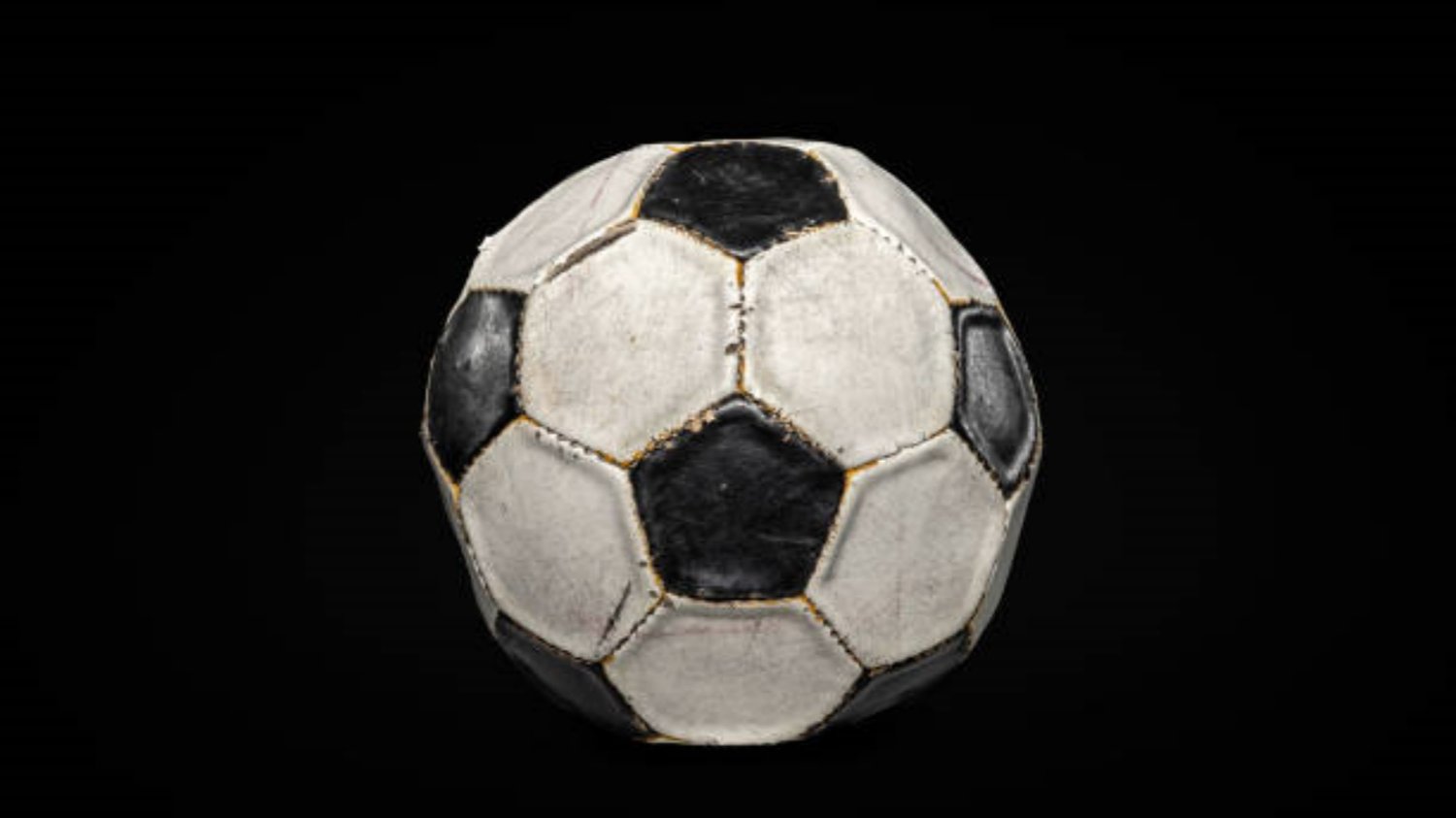Table of Contents

The History and Evolution of the FIFA soccer ball
Since its inception in 1930, the FIFA World Cup has been the most popular and prestigious tournament in soccer. Over the years, soccer balls have undergone numerous changes in design, material, and technology to ensure the best performance on the field. Let's take a closer look at the history and evolution of the FIFA soccer ball.
The Beginning: From Leather to Rubber
In the early days of soccer, balls were made from leather. The first FIFA World Cup in 1930 used a ball made of leather with rubber bladders, which made it heavy and difficult to control. The ball's weight and construction made it hard to get a good grip on it. This led to many shaky passes, incomplete shots, and other mistakes on the field.
The Move to Synthetic Materials
In the 1960s, manufacturers began using synthetic materials like synthetic leather and nylon. This made the ball more durable and better suited for use in different weather conditions. The first FIFA soccer ball made of synthetic materials was introduced in the 1970 World Cup.
The Adidas Telstar: A Classic Soccer Ball
The Adidas Telstar revolutionized soccer balls in the 1970s. It was the first ball made with 32 pentagonal panels instead of 18 hexagonal panels, which created a more uniform surface and better flight. The Telstar was also the first ball to feature black and white panels, which made it easier to see on black-and-white television screens.
The High-Tech Era: FIFA and Modern Soccer Balls
In the 21st century, FIFA began to regulate soccer balls more closely. Manufacturers must now submit samples of their balls to FIFA for testing and approval before they can be used in international competitions. FIFA also introduced new standards for balls, such as air pressure, water absorption, and rebound. In 2010, the Adidas Jabulani was the first World Cup ball to be completely designed using computer-aided design (CAD) technology.
Designs of FIFA Soccer Balls Over the Years
Since the creation of the first FIFA soccer ball, there have been many unique and memorable designs. In recent years, some of the most popular balls have been the Telstar 18, the official ball of the 2018 World Cup, and the Brazuca, the official ball of the 2014 World Cup. The Telstar 18 featured a pattern of black lines that resembled the original Telstar design, while the Brazuca was decorated with a colorful design inspired by Brazilian culture.
The Importance of the FIFA Soccer Ball in the Game of Soccer
The FIFA soccer ball plays an incredibly important role in the game of soccer. A good ball can help players perform at their best, while a poor ball can hinder their performance. The weight, size, and shape of the ball can all impact how it moves through the air and on the ground. The texture and grip can affect how players control the ball. Even the color and design can influence how well players can see the ball during a game.
Caring for Your FIFA Soccer Ball:
With proper care, your FIFA soccer ball can last for years. It's important to keep the ball clean, dry, and properly inflated. Avoid exposing it to extreme temperatures or rough surfaces. Store the ball indoors when not in use, and avoid over-inflating it. By taking good care of your FIFA soccer ball, you can ensure that it performs well on the field for a long time.
Conclusion:
The FIFA soccer ball has come a long way since its early days as a leather ball with rubber bladders. Today's balls are made from high-tech synthetic materials designed to ensure the best performance on the field. The history and evolution of the FIFA soccer ball is a testament to the dedication and innovation of the manufacturers who create them. The FIFA soccer ball continues to be an essential part of the game, and its design and technology will likely continue to evolve in the years to come.
FIFA soccer ball, soccer ball, World Cup, Adidas Telstar, synthetic materials, black-and-white panels, high-tech era, FIFA regulations, World Cup ball The FIFA Soccer Ball: A Comprehensive Overview Learn about the history, evolution, and importance of the FIFA soccer ball in this comprehensive article. Discover the key technologies used to create FIFA soccer balls, as well as tips for proper care.
